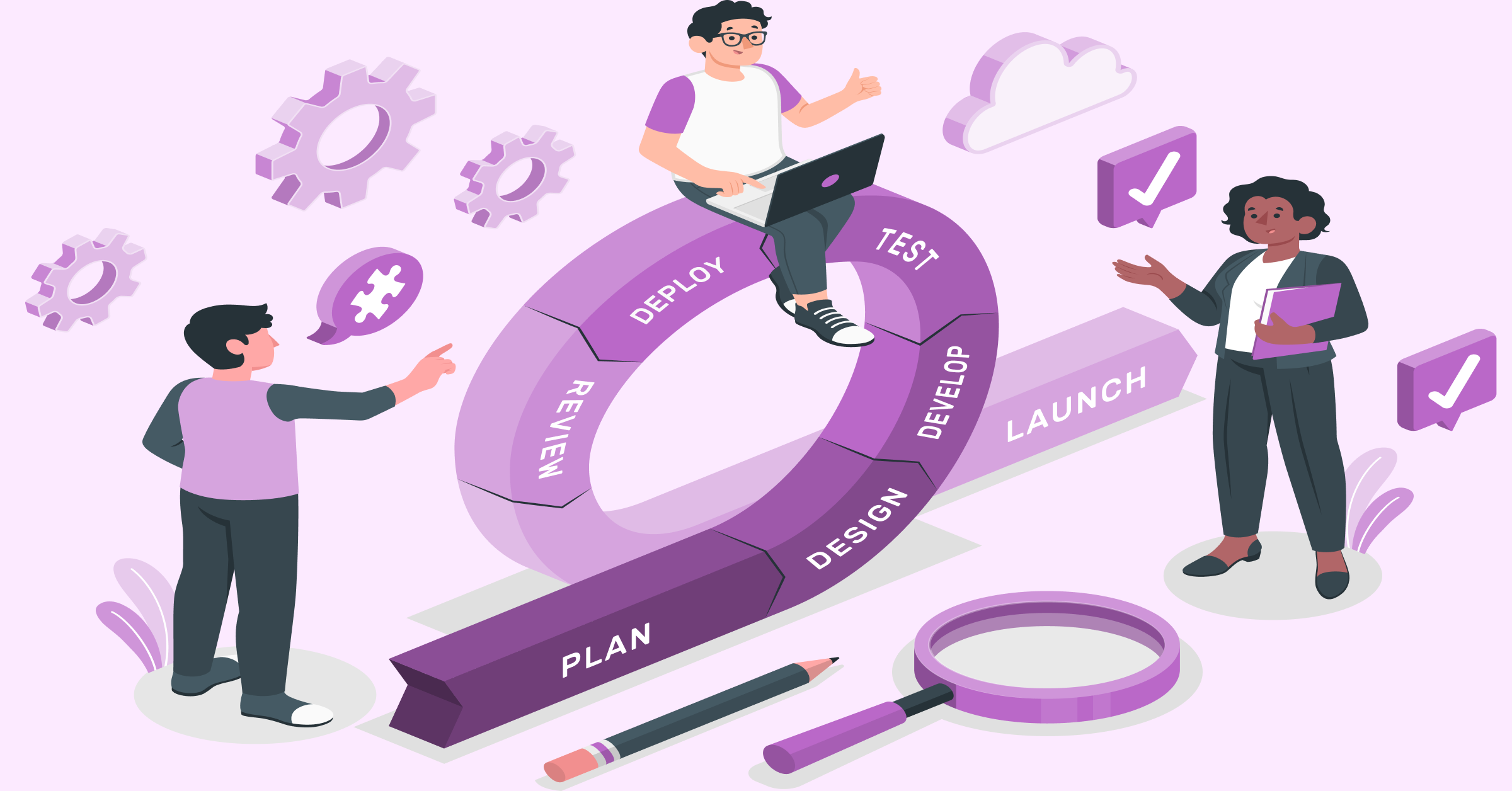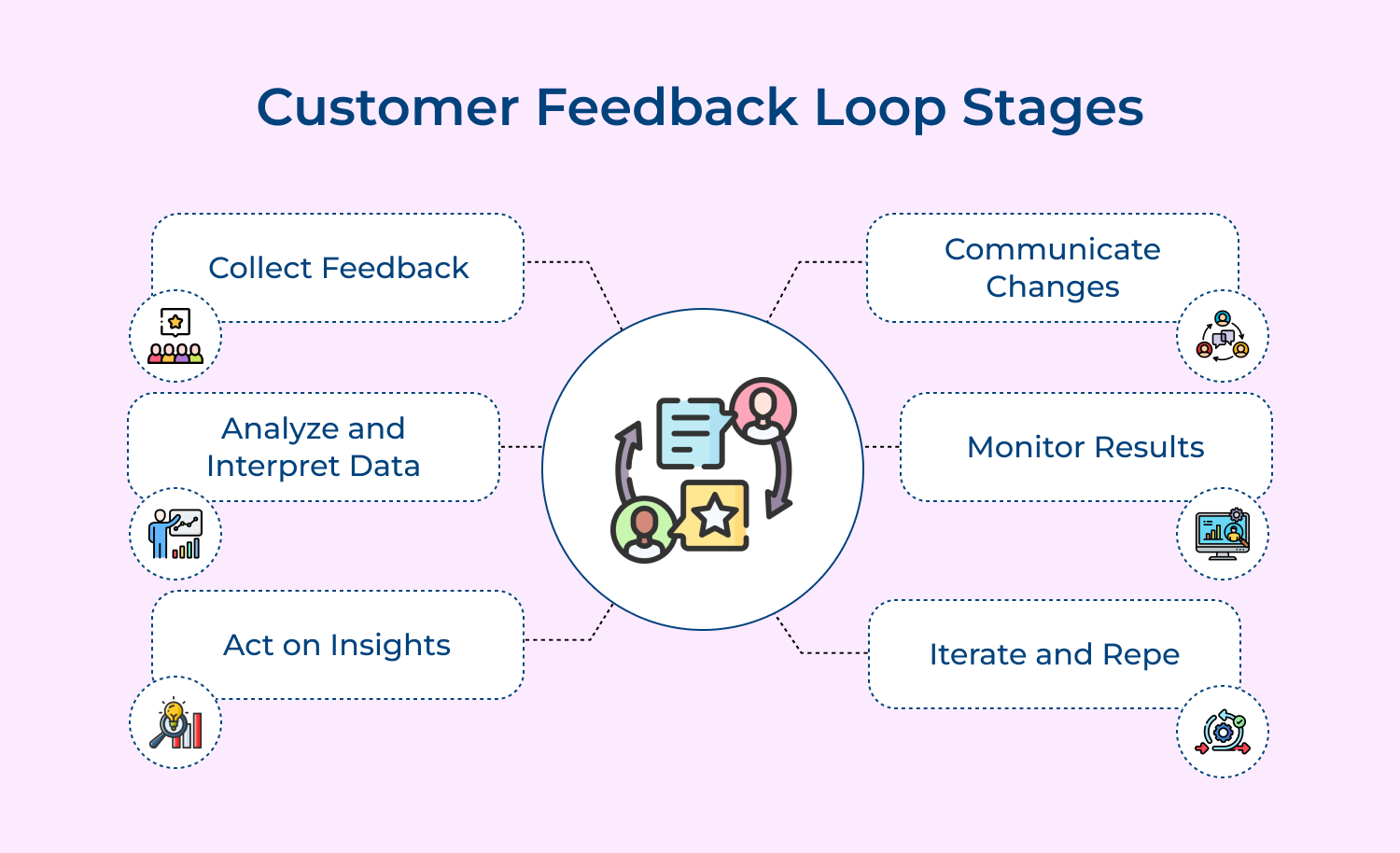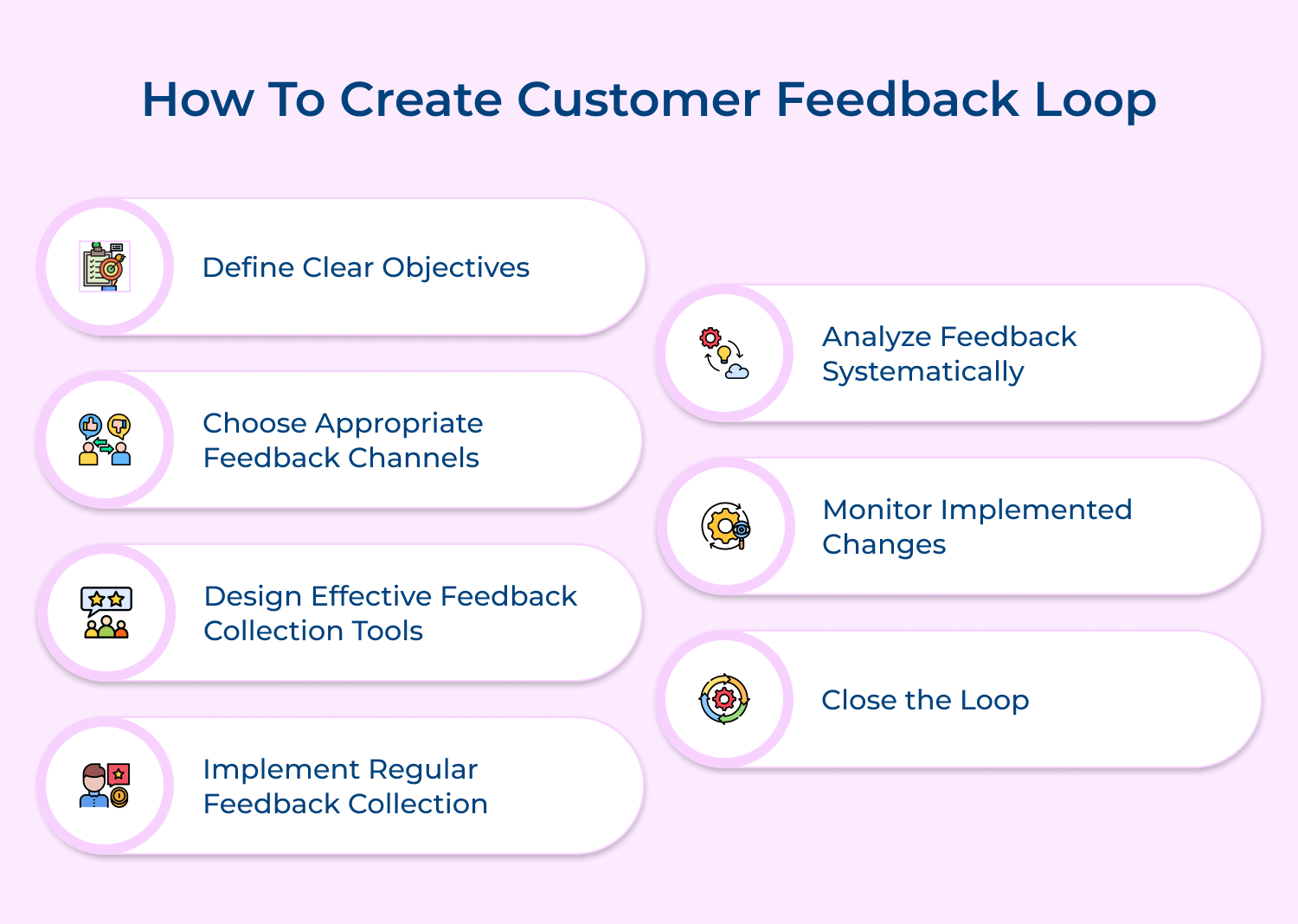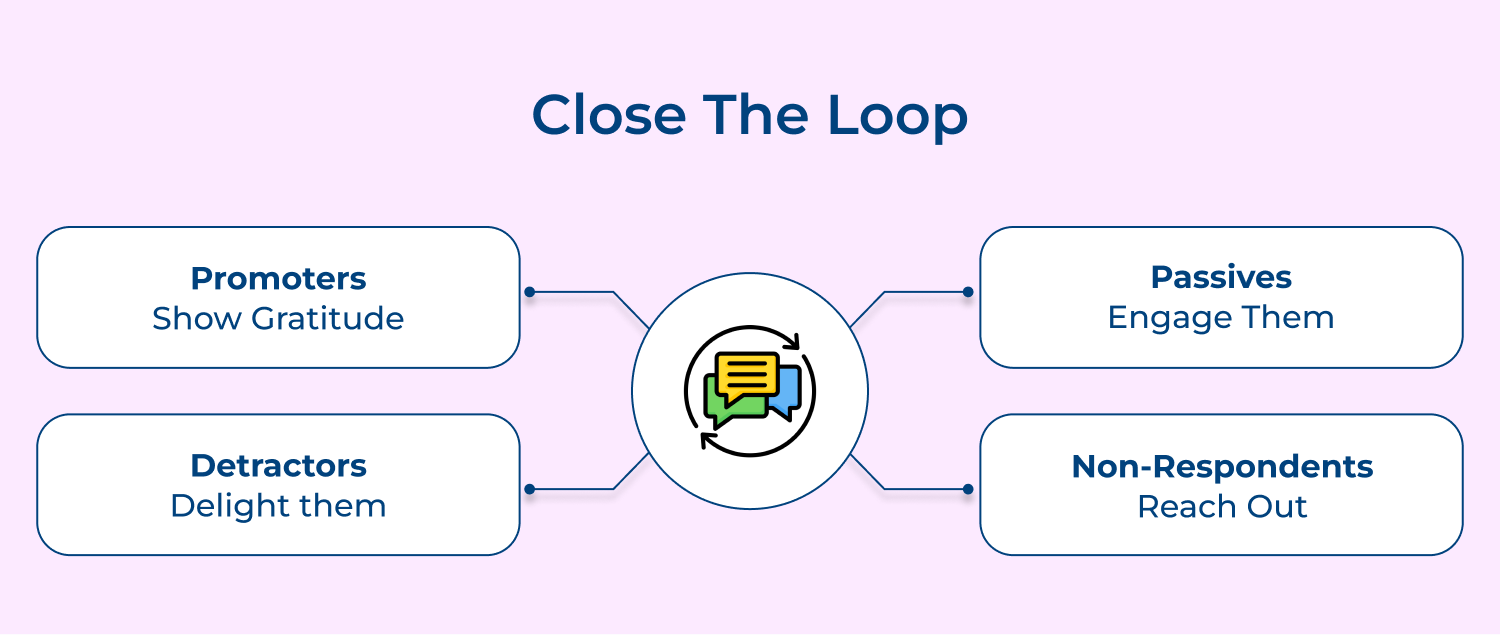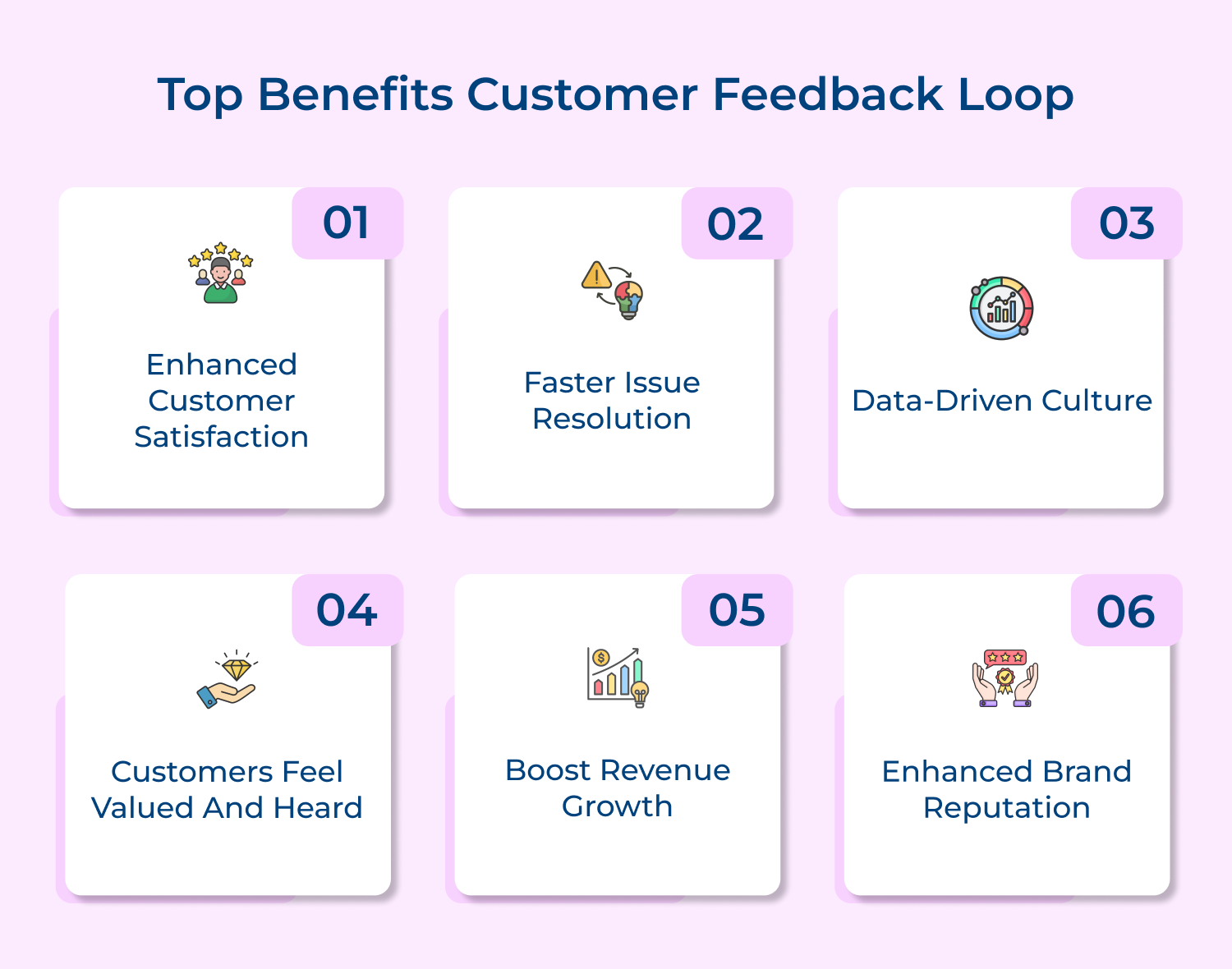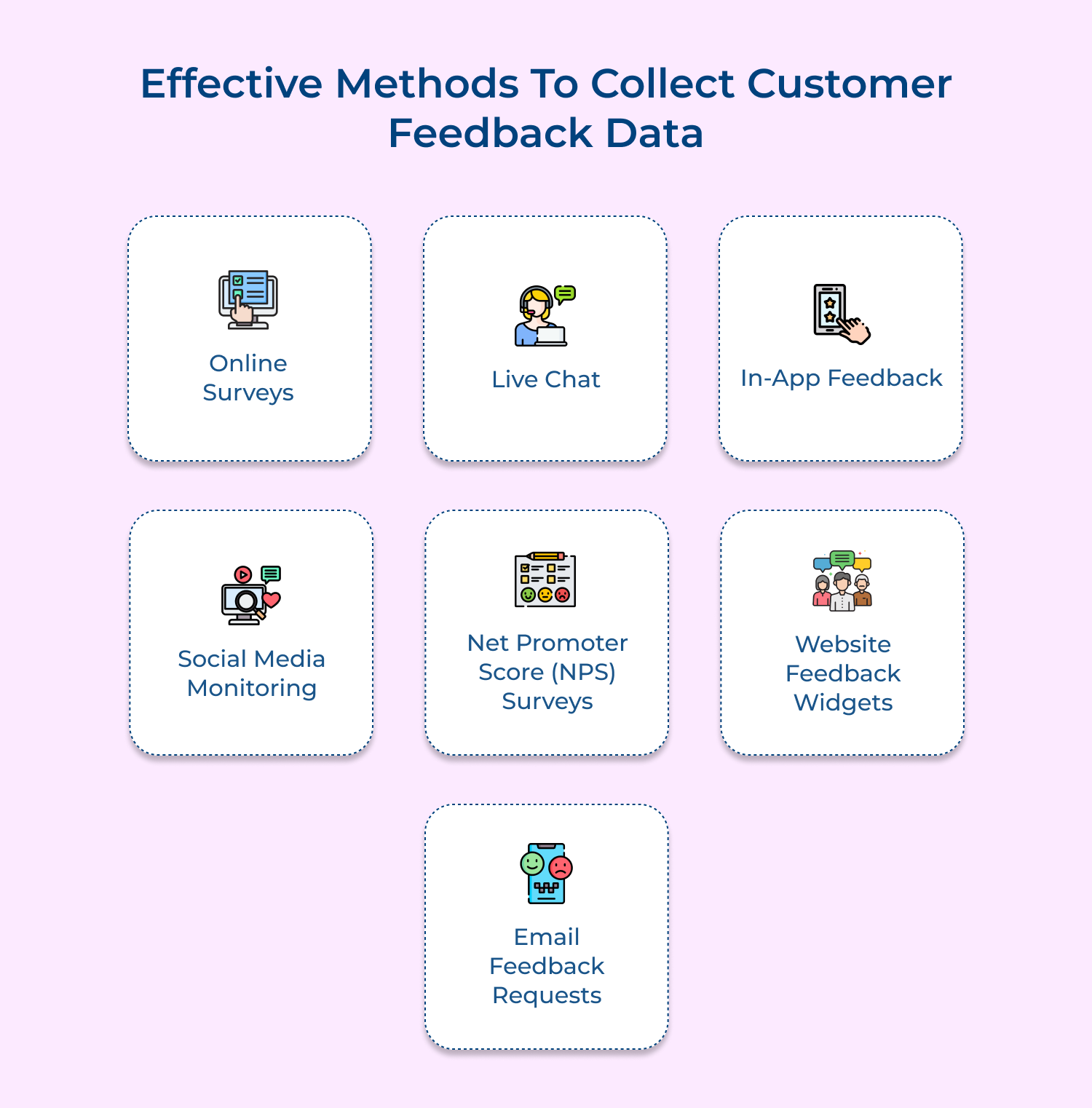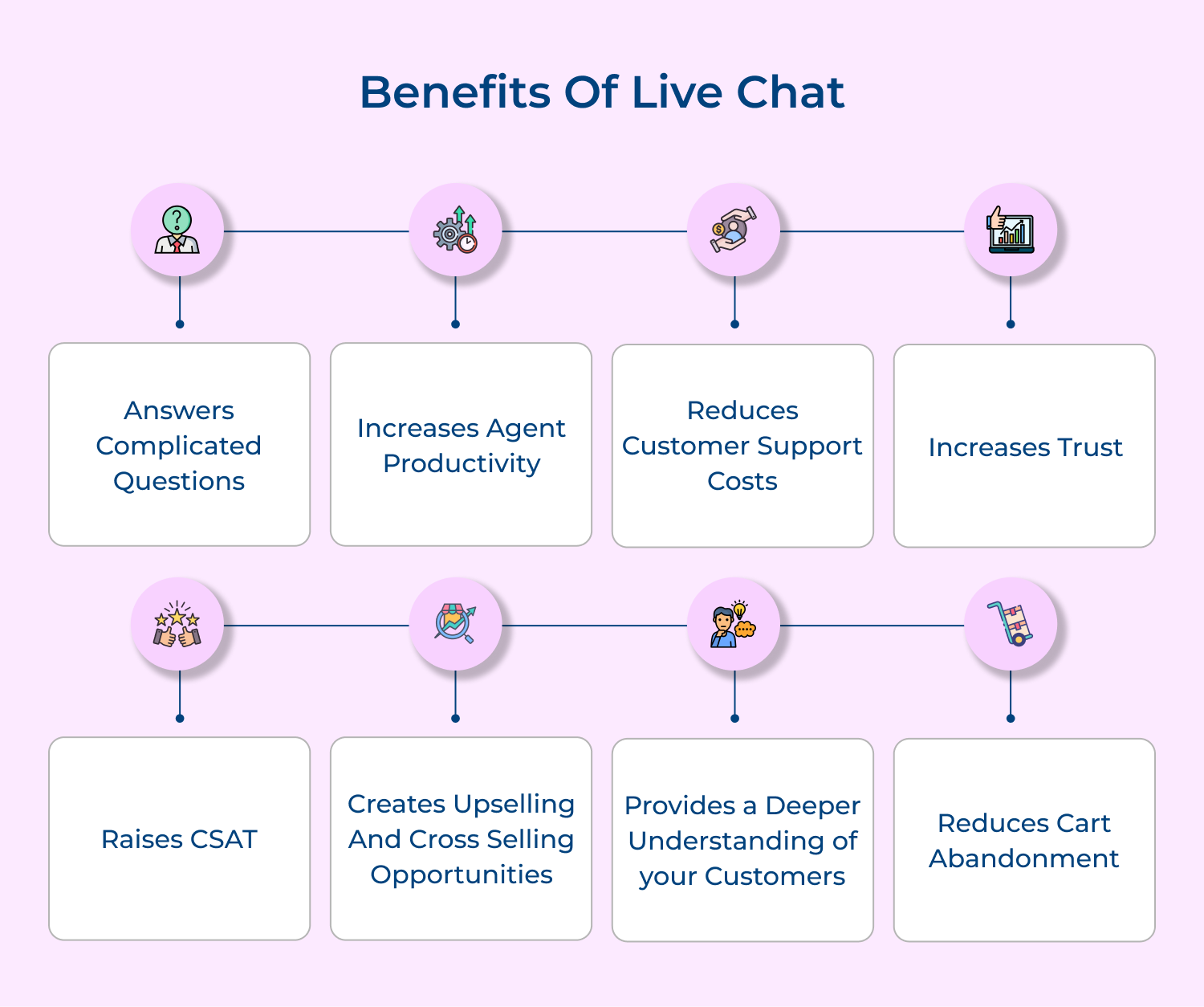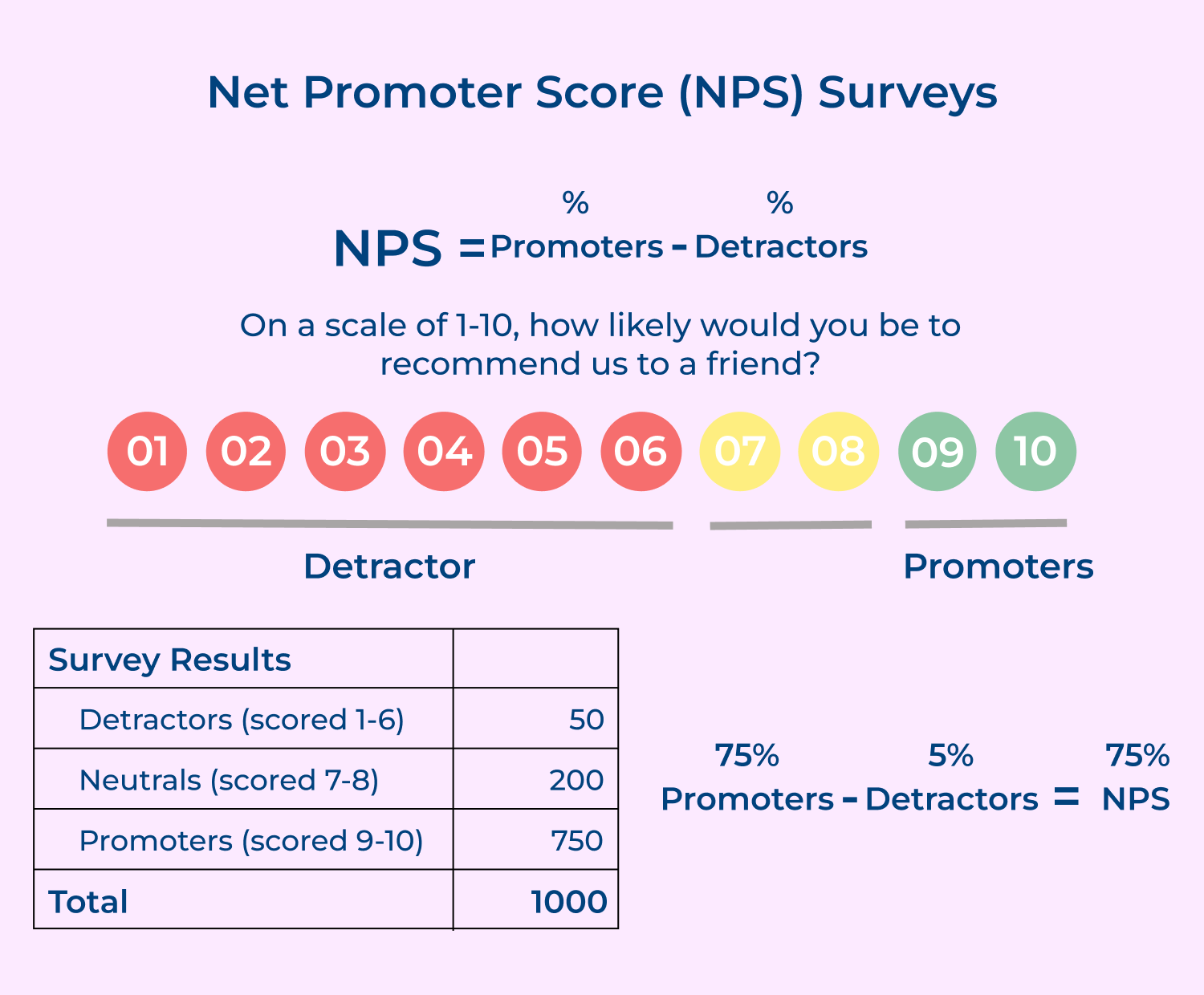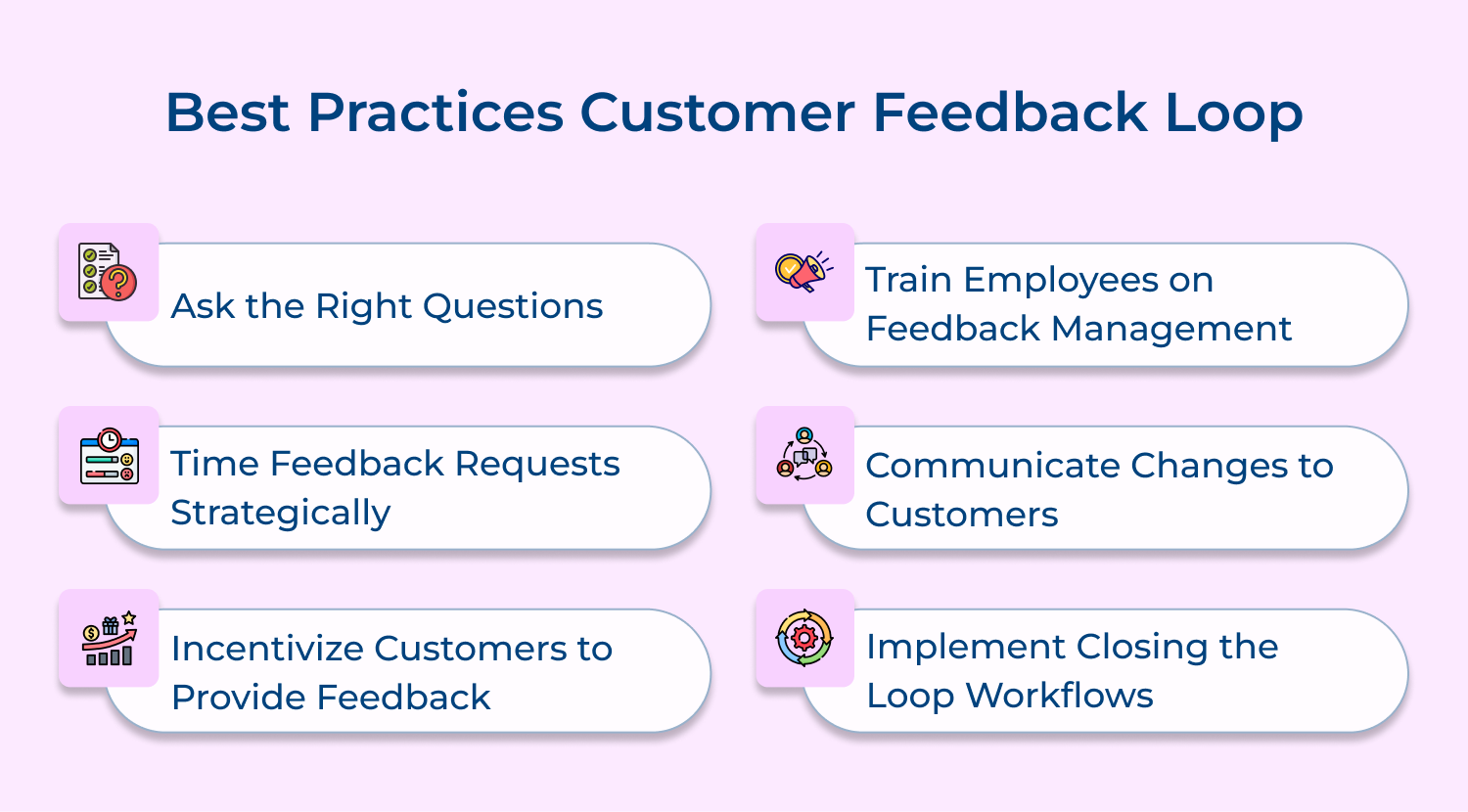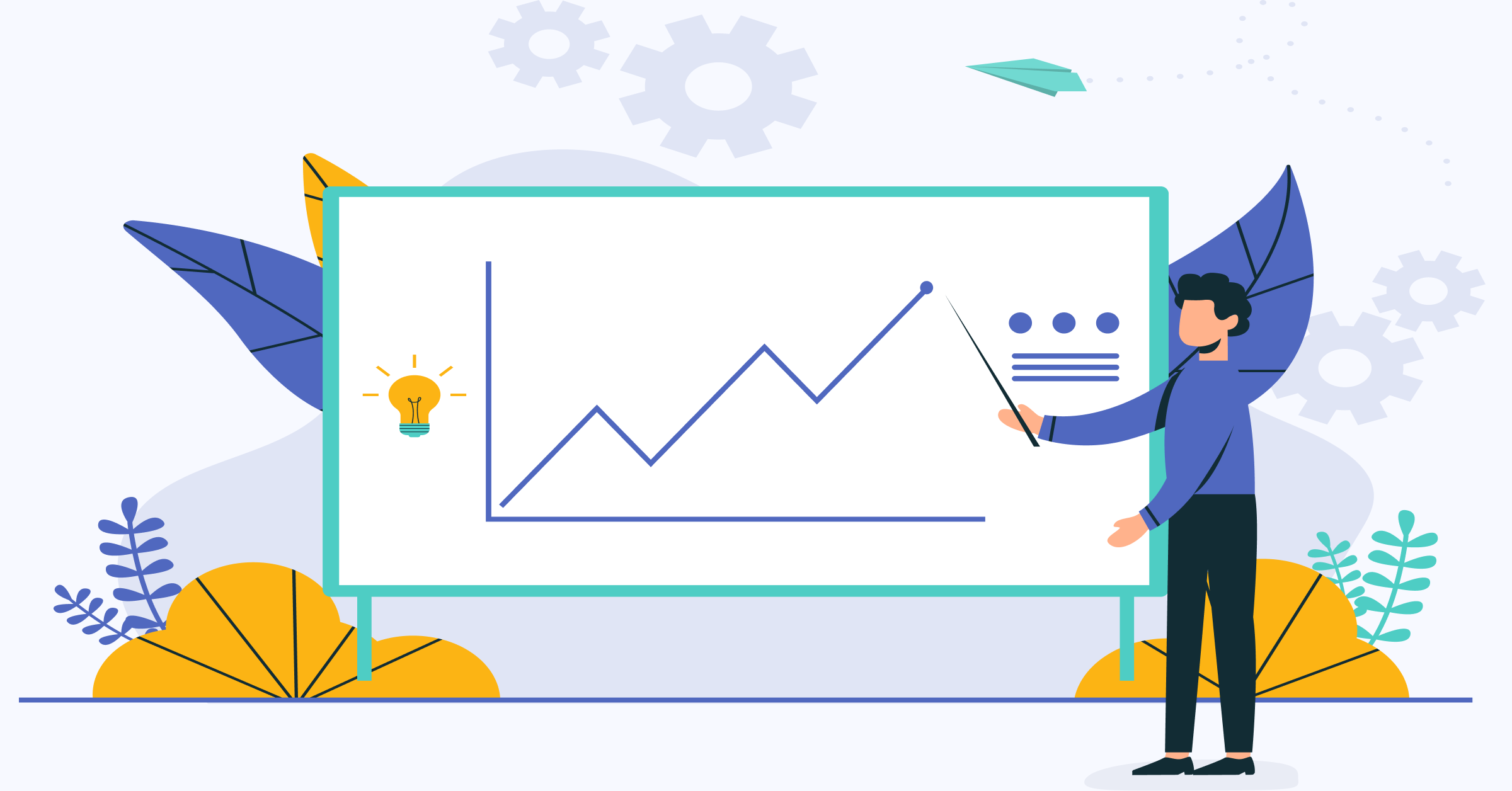Purpose
Positive feedback loops aim to reinforce and build upon successful practices, thereby enhancing customer satisfaction along with their loyalty. Conversely, negative feedback loops focus on identifying and addressing issues to prevent recurrence while improving customer experience. While both are crucial, positive loops celebrate successes and encourage continued excellence, whereas negative loops drive corrective actions.
Customer Reaction
In a positive feedback loop, customers feel valued and appreciated, which increases their loyalty as well as likelihood of recommending the business. In contrast, negative feedback loops often result in customer frustration or dissatisfaction, which can harm retention and customer perception. Addressing negative feedback is critical to recovering trust.
Business Response
Businesses are encouraged to continue or expand upon successful practices that customers have praised when it’s a positive feedback loop. This could involve scaling up effective strategies or introducing new features. On the other hand, a negative feedback loop necessitates addressing specific issues raised by customers, developing solutions to resolve these problems, and improving overall service quality.
Impact on Brand
A positive feedback loop contributes to a strong brand reputation by reinforcing good practices and generating favorable word-of-mouth. This enhances the brand’s image and attracts new customers. Negative feedback loops can damage the brand’s reputation if not managed effectively, leading to negative reviews as well as reduced customer trust.
Focus Areas
Positive feedback loops emphasize recognizing while also replicating strengths and successful customer experiences to enhance satisfaction. Negative feedback loops concentrate on identifying weaknesses or failures and addressing them to prevent future issues. The focus in negative feedback is on problem resolution and improvement, while positive feedback focuses on affirmation along with growth.
Feedback Channels
Positive feedback often comes through proactive channels such as satisfaction surveys, customer interviews and reviews. It involves seeking out customer opinions to build on success. Negative feedback typically comes through reactive channels like complaints, service issues, or online reviews, where customers voice dissatisfaction, requiring prompt attention.
Examples of Good Customer Feedback Loop
Effective customer feedback loops drive continuous improvement and customer-centricity. The examples showcase good practices across diverse industries.
Tesla’s Over-the-Air Updates
Tesla, the electric vehicle innovator, uses over-the-air software updates to continuously improve its cars based on customer feedback and driving data. The company monitors vehicle diagnostics, safety metrics and owner suggestions to identify areas for enhancement. Customers wake up to find their cars updated with new features, bug fixes and performance improvements, creating a delightful feedback loop.
Airbnb’s Host and Guest Reviews
Airbnb’s review system allows hosts and guests to provide feedback on their experiences. This feedback helps Airbnb enforce quality standards and improve its platform. Hosts can refine their listings based on guest input, while guests benefit from enhanced transparency and improved accommodation quality, leading to a better overall user experience.
Uber’s In-App Ratings and Reviews
Uber relies on a two-way rating system where drivers and riders rate each other after every trip. This instant feedback helps ensure quality, safety and accountability. Low ratings trigger performance reviews and improvement plans. Uber also solicits in-app feedback on new features and services, allowing for rapid iteration based on real-world user insights.
JetBlue’s Social Media Listening
The popular US airline, JetBlue is known for its proactive social media presence. The company constantly monitors Twitter, Facebook, along with other channels for customer mentions, promptly responding to complaints, questions and kudos. This real-time feedback loop helps resolve issues, recover service failures and strengthen customer relationships. JetBlue’s social responsiveness has become a key brand differentiator.
Optimizing the Customer Feedback Loop for Greater Impact
The Customer Feedback Loop serves as a continuous improvement engine that transforms customer voices into actionable business insights. This systematic approach creates a cycle where feedback collection leads to analysis, implementation of changes and communication back to customers.
Mastering this iterative process requires genuine commitment to customer-centricity and strategic execution. Organizations that embrace this approach gain competitive advantages through enhanced agility, improved customer satisfaction and sustainable growth driven by responsive adaptation to evolving market needs.
